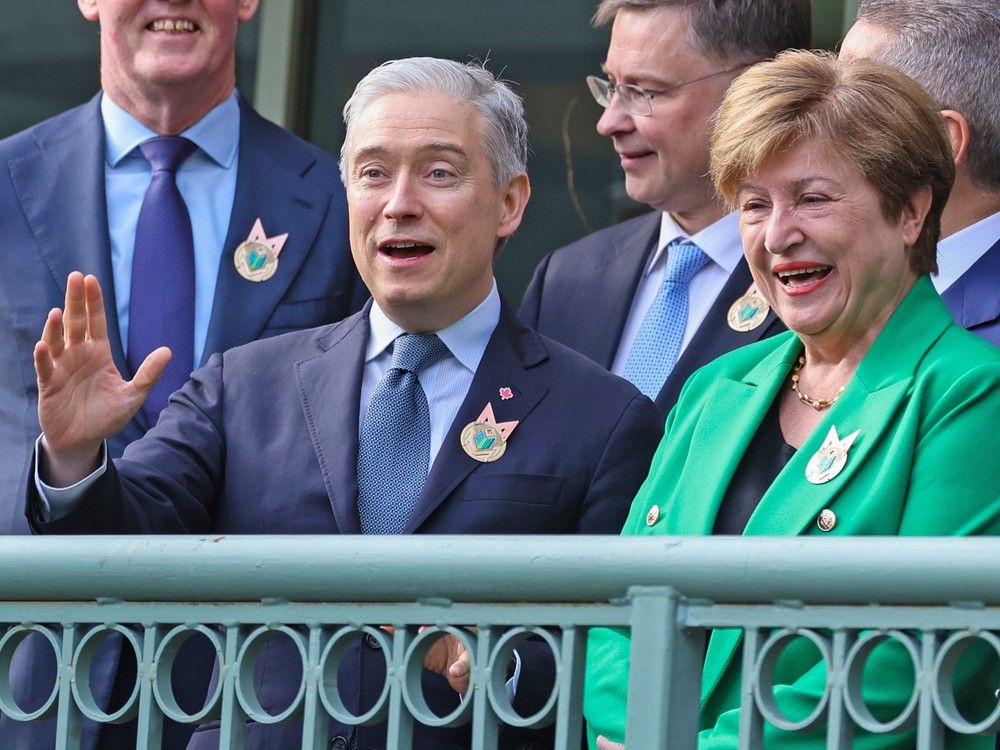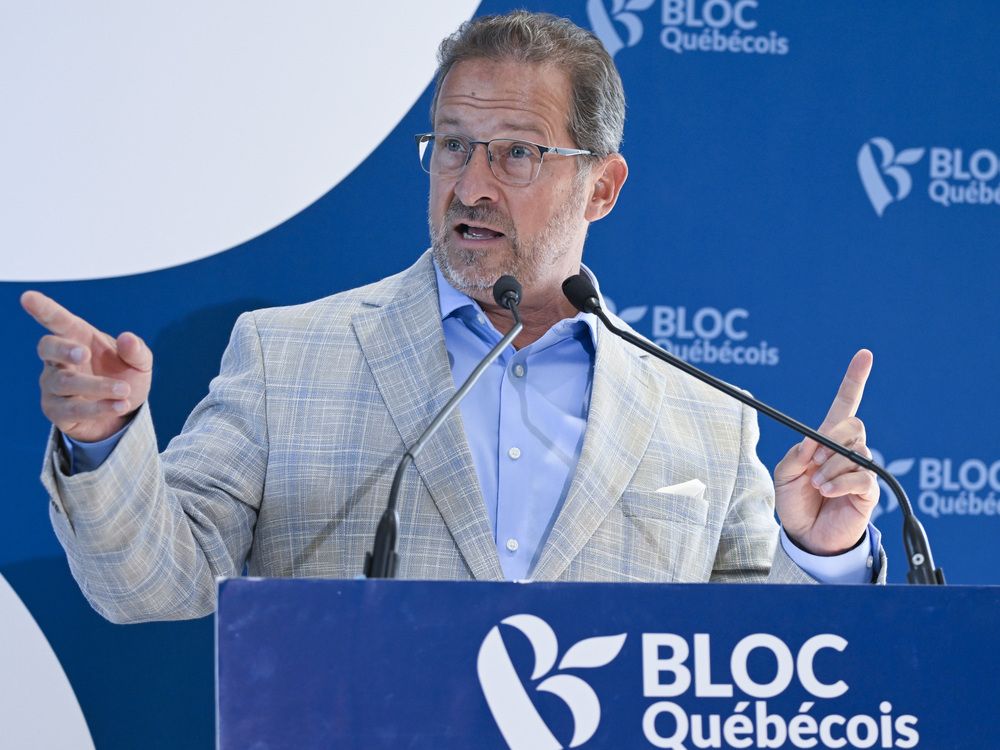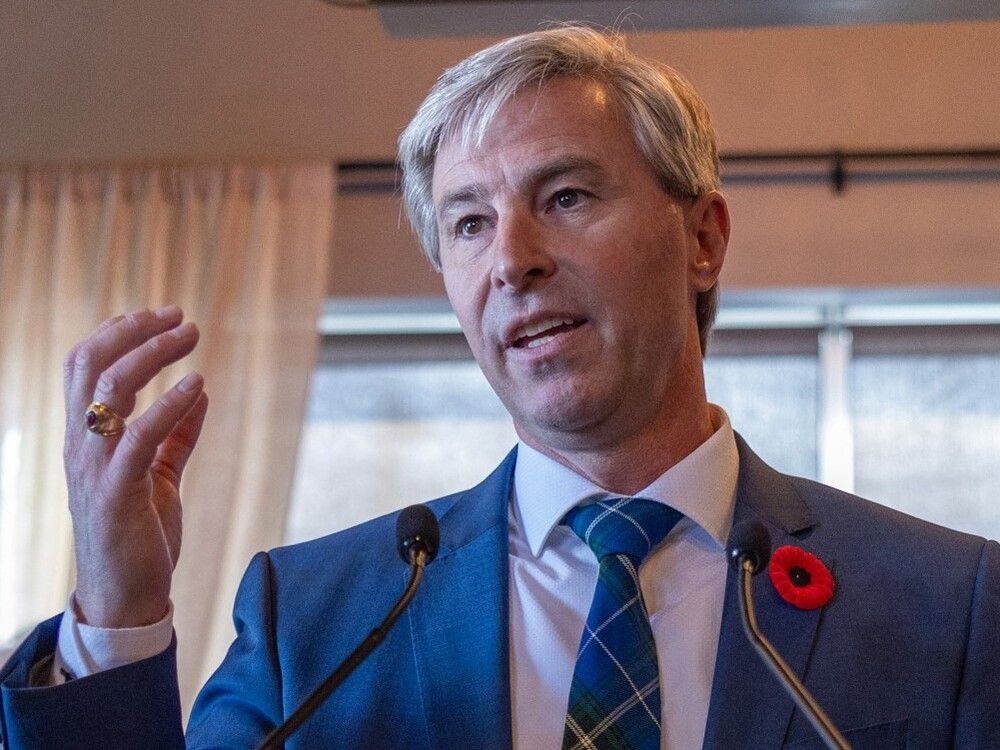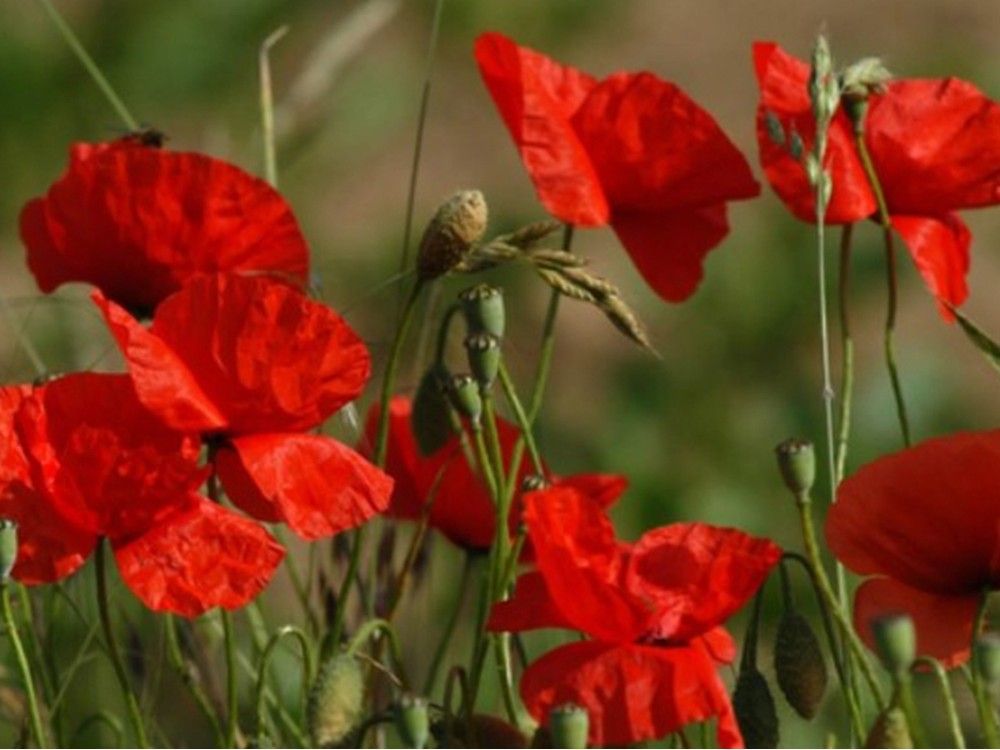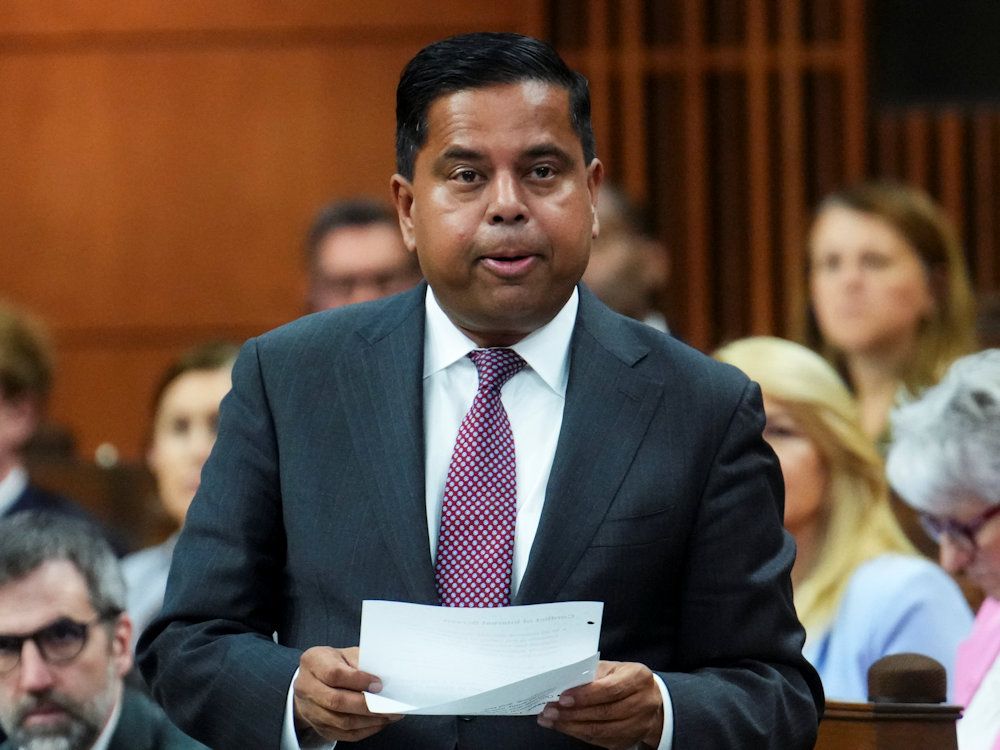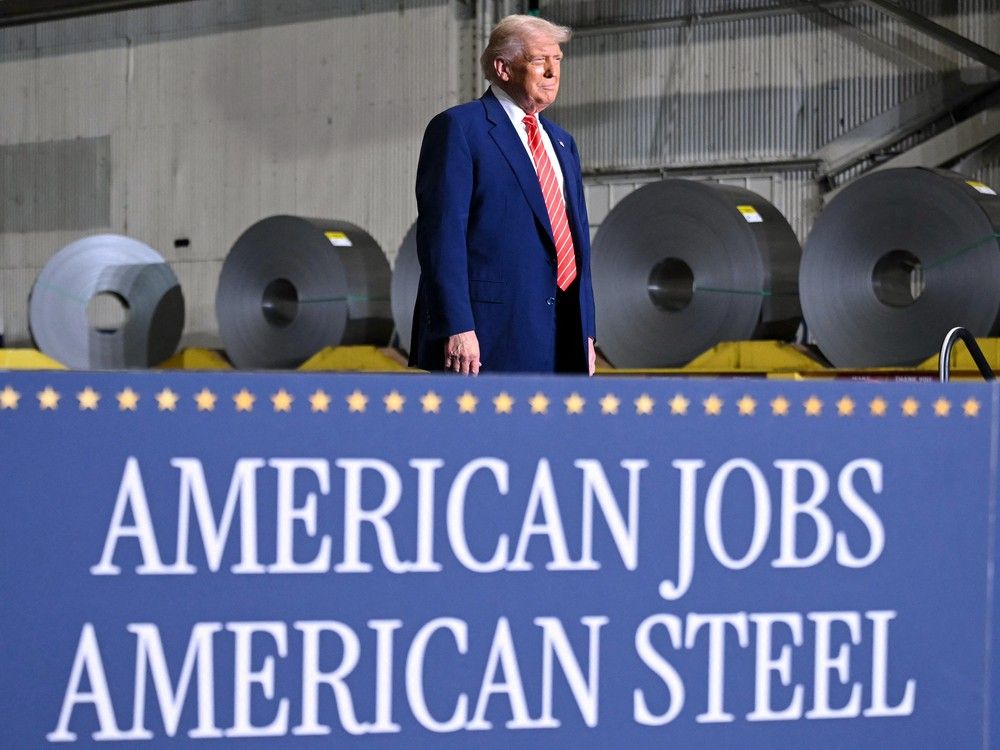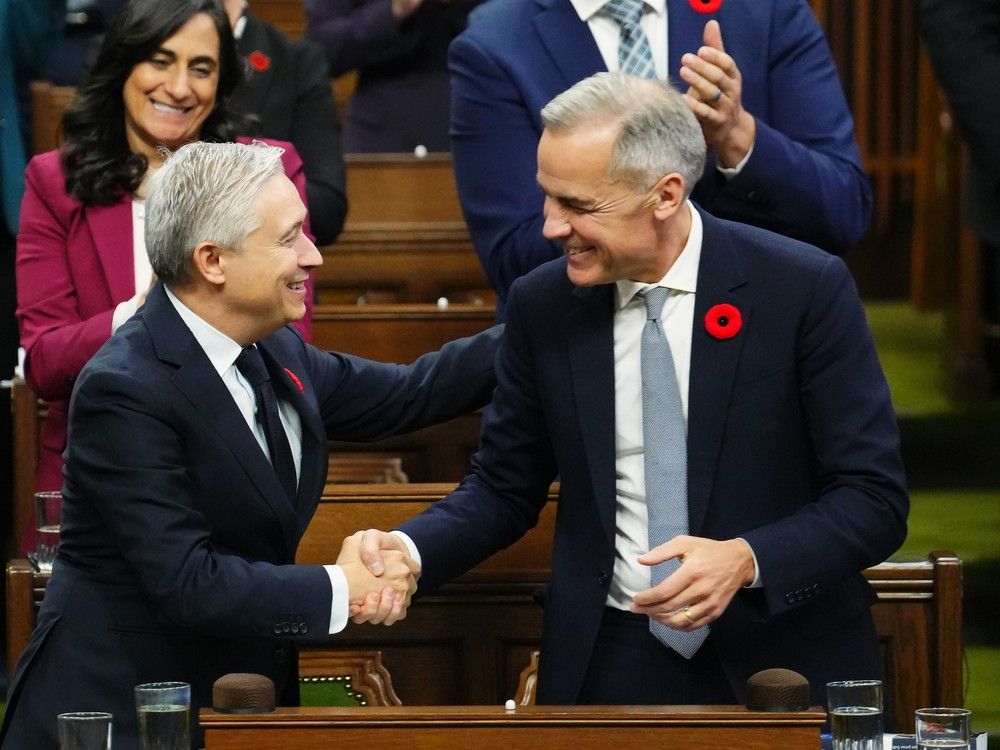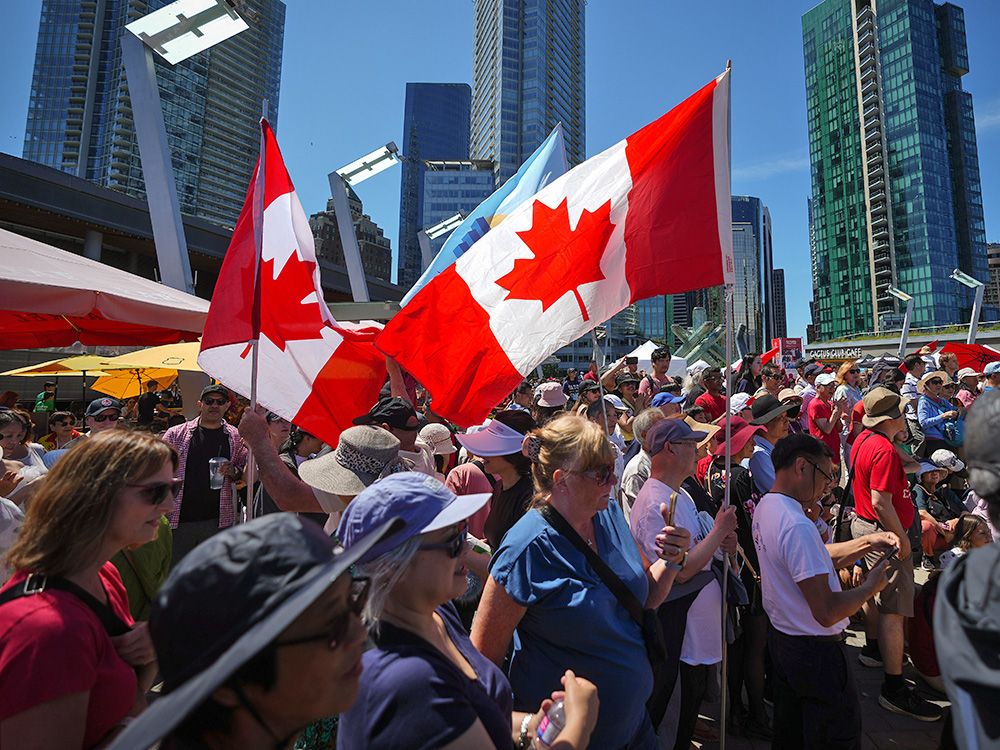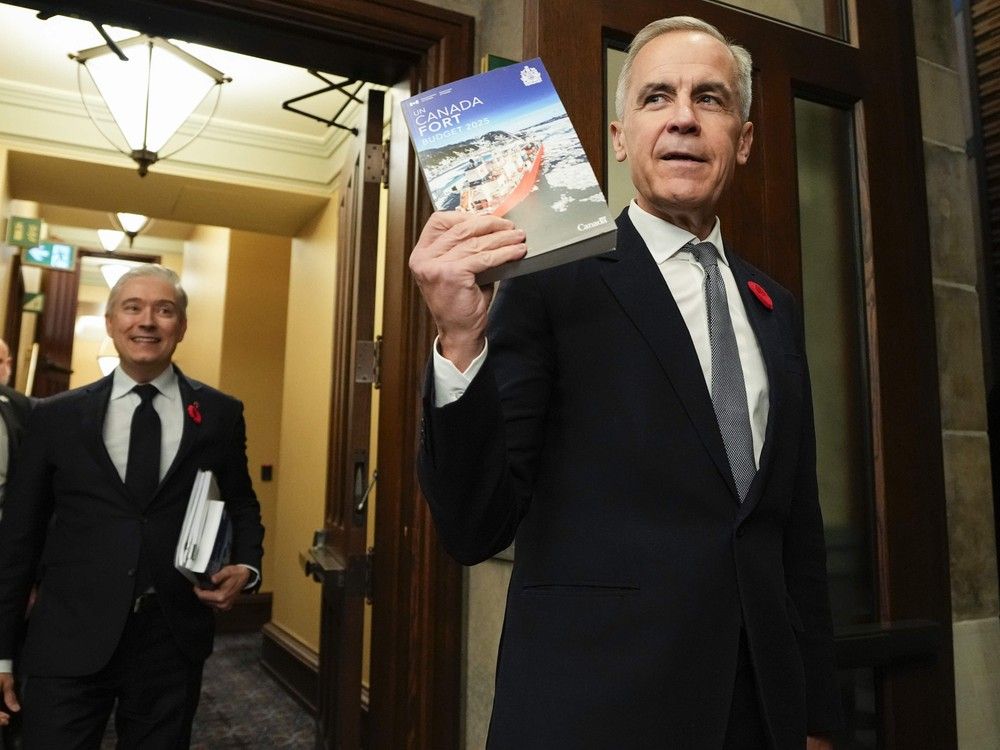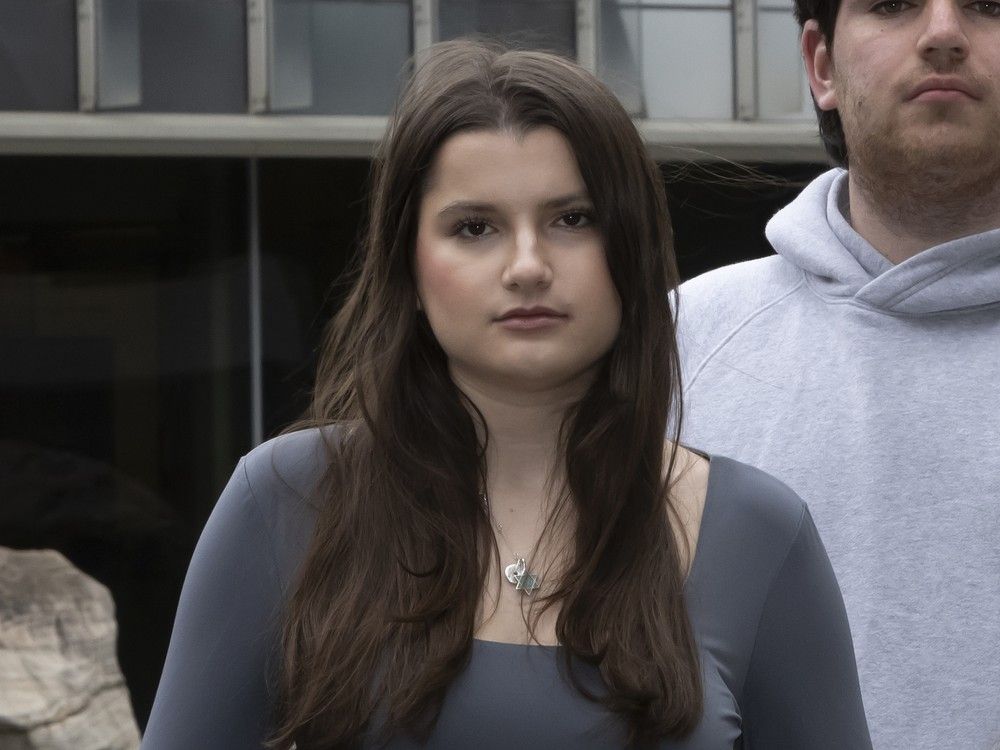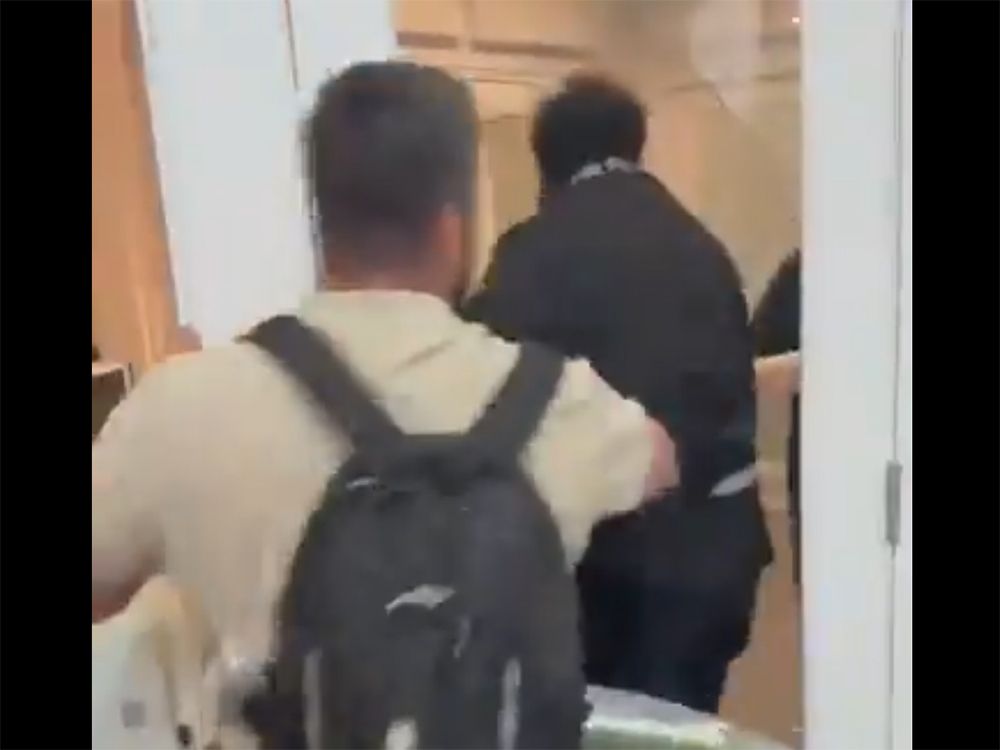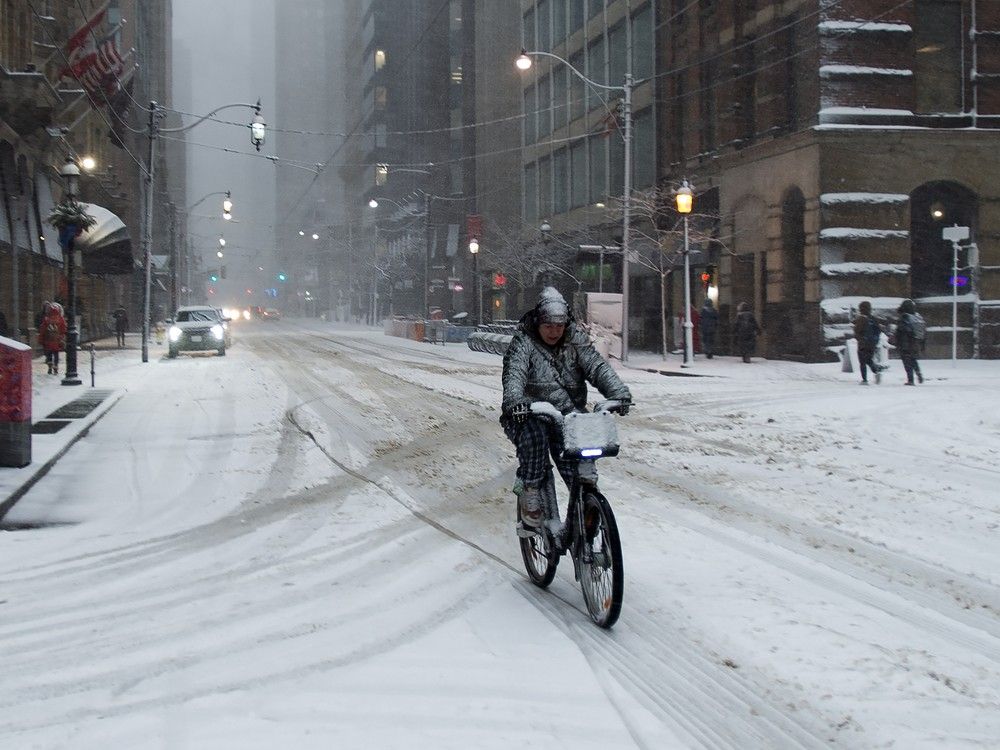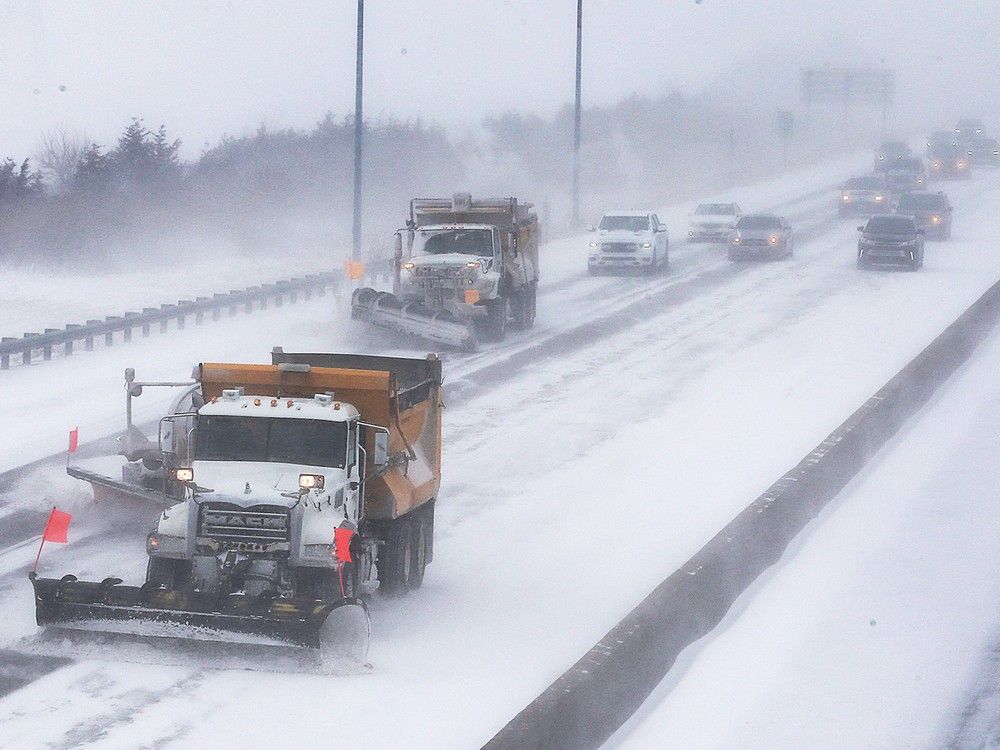
WASHINGTON, D.C. — President Donald Trump is using tariffs on steel imports — especially Canadian steel — to bolster the U.S. industry. But protectionism in this sector is nothing new.
The CATO Institute, a libertarian think tank in Washington, D.C., recently examined decades of government efforts to protect steel and found that the industry remains sluggish. Clark Packard, a research fellow in CATO’s Herbert A. Stiefel Center for Trade Policy Studies, and Alfredo Carrillo Obregon, a research associate, published their findings in a report last week, prompting the National Post to seek their insights.
This Q&A has been edited for clarity and length.
Q:
Your report covers 60-plus years of the U.S. steel industry’s product protection through tariffs and trade restrictions, yet the industry’s competitiveness and employment have declined. What happened?
Packard:
The United States has essentially showered the domestic steel industry with everything it’s asked for over the last 60 years. But, unfortunately, it’s not in a better competitive position. If you look at the history of how this happened, some of it was inevitable. The United States emerged victorious from World War II, played an outsized role in the global economy, and in 1950, we produced more than half of the world’s steel. But as Germany and Japan rebuilt, they started to rebuild their domestic steel industries. The Germans and the Japanese were much quicker to embrace productivity-enhancing technologies that made them increasingly more competitive. In turn, U.S. steel companies started to see their sales decline, and the domestic industry petitioned the government for more and more protection.
We can increase domestic steel capacity with all kinds of quotas and tariffs, getting countries to restrict their exports, but it doesn’t change the fundamental dynamic that, by doing this, it increases costs in the United States for steel, both domestic and imported. Without those competitive pressures from abroad, it allows domestic producers to increase their prices.
That might be good for the domestic steel industry in the short run, but it comes at a very high cost. Steel is such an integral part of all kinds of manufacturing, and as a result, it raises the prices for domestic manufacturers.
Q:
From your perspective, what are the primary factors behind the failures of protections to revitalize the industry?
Carrillo Obregon:
Protectionism seals you off from competition, whereas in a free market, you have to innovate and constantly be on your toes to offer the best product available. The reality is that tariffs are not going to change the fact that some companies have struggled to innovate and to catch up in terms of modernizing and investing to the extent that other producers are doing so elsewhere.
They also don’t change the fundamental fact that the United States is just not consuming steel at the level it was in the 1970s. The evolution of steel industries elsewhere and tariffs are not necessarily going to change those facts. Instead, they’re going to undermine it because if you have a steel industry that can just raise prices because it’s shielded from competition, that’s going to be a hindrance to manufacturing and innovation. You’re not going to have robust manufacturing or construction industries — sectors that steel depends on to thrive.
Q:
President Trump justified tariffs on Canadian steel on national security grounds. How credible is that rationale, given Canada’s status as a close ally and integrated trading partner?
Packard:
There’s no justification. Canadian rebar does not jeopardize the national security of the United States. When the (first) Trump administration launched the Section 232 tariffs, Secretary of Defense James Mattis wrote a memo to the U.S. Department of Commerce’s Bureau of Industry and Security that said the military needs — at absolute most, in case of a war — 3 per cent of domestic steel production. This is no lack of capacity issue, and Canada is arguably the United States’ closest ally. On 9/11, it was Canadian jets that responded almost instantaneously with the United States. (The countries are so close that) we can consider Canadian products part of our domestic defence industrial base.
I think the United States is quickly losing credibility as a reliable trading partner, when we are clearly abusing national security as a pretext for more rank protectionism. It sends a message to companies in foreign countries that the United States is willing to politicize national security.
It’s embarrassing because the United States basically designed the global trading system after World War II, and now it’s the biggest arsonist of that trading system.
Q:
What are the wider implications and risks of using national security as a justification for trade restrictions against close allies?
Packard:
When you start down this road, it opens up Pandora’s box because, under international trade rules, the United States insisted on an exception in the General Agreement on Tariffs and Trade (GATT) negotiations that national security-based protectionism would be a legitimate tool. For decades, anytime countries would raise the potential of national security-based protectionism, the United States would tell them, “you can’t do this!” So this is potentially the exception that destroys the rules. If every country starts doing this, it really does break the modus operandi of the global trading system.
Over time, I think this has a real potential to lead to lower growth in the global economy. I also believe it makes the U.S. less safe — that protectionism makes the U.S. weaker economically, which is, in itself, a national security risk.
Carrillo Obregon:
The other departure has been the tariffs on derivative products. Back in 2018, when the Section 232s were first imposed, you weren’t targeting actual steel mill products — tubes, pipes, bars, etc. Now, with the derivative tariffs, we’re looking at products that are made of steel and tariffing them for national security reasons. This started in January 2020, with tariffs imposed on nails and bumper stampings for motor vehicles. Those were relatively minor, but starting this year, you’re seeing them being expanded to things like office furniture, refrigerator freezers, and washing machines. The connection between these imports and national security is far-fetched at this point, and the list keeps growing.
Q:
Given the integrated North American steel supply chain, what have been the immediate and observable impacts of tariffs on U.S. downstream manufacturing industries? What do you expect over the coming year?
Packard:
It’s almost one for one. We calculated that when the U.S. imposes a 25 per cent tariff on steel, you see a 23 per cent increase in the price of that imported steel. It’s being spread out: A Canadian producer slightly lowers its price, so it’s eating some of it. A manufacturer that’s using steel is maybe going to eat some of it, too, but the bulk of it is going to be passed to consumers.
Chairman Powell, the Fed chairman, just said that the steel tariffs take time to filter through the supply chain, but that we’re starting to see this, and the inflation numbers are above trend. On one hand, aggressive protectionism is weakening the U.S. economy, and so the Fed’s natural inclination is to cut rates. But if inflation is picking up a little bit, they would be inclined to increase rates. So this protectionism is putting the Fed in a really tough bind.
Q:
How have the steel tariffs influenced the pricing, sourcing and investment decisions of US manufacturers who rely on Canadian steel? Are there signs of any lasting supply chain realignment?
Carrillo Obregon:
Steel producers here in the United States are undertaking capacity expansions, so they’re probably trying to anticipate that there is going to be higher demand for U.S.-made steel. But they are concerned that that is not going to materialize because, ultimately, these higher prices impact manufacturing. If that happens, all this capacity that they’re trying to add is not going to be used. So this capacity utilization figure, which the administration has argued needs to be 80 per cent, that’s not really going to happen if you have suppressed manufacturing that is not going to be demanding steel.
It really is shooting yourself in the foot.
Q:
Where is U.S. steel in terms of its capacity utilization rate today?
Packard:
In June, it was slightly above 79 per cent, so pretty close to 80. It actually was above 80 for the better part of 2019 to 2022, excluding the COVID years, which sort of reflected the tariffs and spending the U.S. government was undertaking under the Biden administration. But between 2022 and 2024, this capacity utilization figure declined again to the low 70s … so there’s little indication that it’s something the industry can achieve permanently.
Q:
What are the implications for the Canada-US-Mexico Agreement (CUSMA) renegotiation next year?
Packard:
I think there’s an argument that it’s not worth sitting down and negotiating binding free trade agreements and binding commitments with the United States if they’re just going to walk back five years later.
I imagine this will be a major sticking point in negotiations. Maybe you could argue that this is unique to President Trump, that he is the problem. What I would caution, though, is that I think on the Republican side, the Trump shadow will continue to loom. Increasingly, it is just a nationalist party. And on the Democratic side, Biden didn’t walk back a bunch of the Trump tariffs. Politically, it’s really challenging for the Democratic Party to pursue a more liberalized trade agenda and environment, because its constituency consists of a lot of domestic union support.
It’s easy to raise a bunch of tariffs and engage in protectionism, but it is incredibly challenging to unwind that because domestic constituencies end up being built around it. They start to lobby, and they depend on blocking competition from abroad. In the long term, this is not a sustainable position for the United States.
Q:
What advice would you offer to Canada in trying to secure better trade terms with Washington?
Packard:
For the upcoming CUSMA negotiations, to the extent that Mexico and Canada can form a common position with each other, that acts as a force multiplier in these talks. I think their interests are disparate enough that it’s maybe not sustainable for every issue, but in terms of securing more favourable terms, it goes a long way.
I think the Canadian government’s ideas about expanding trade with other countries make a lot of sense. Canada is a pretty export-dependent economy, but not to the same extent as Mexico. Looking for opportunities to trade with more countries is hard because there’s a gravitational pull for both Mexico and Canada to the US, with its much larger economy, more people, and wealthier customers. Naturally, you are going to want to trade there. But looking to use other FTA-preferential deals that can serve as a safety valve — to find more supplies coming into the country, but also more market liberalization abroad, beyond the U.S., is needed.
It’s not a wholly satisfying answer, from the Canadian perspective, but it’s probably the best idea available.
National Post
Our website is the place for the latest breaking news, exclusive scoops, longreads and provocative commentary. Please bookmark nationalpost.com and sign up for our newsletters here.
